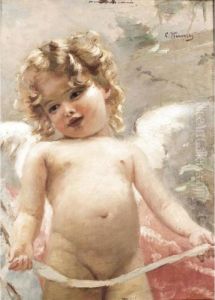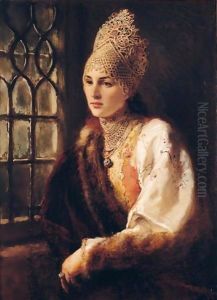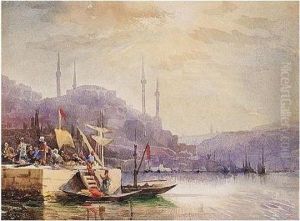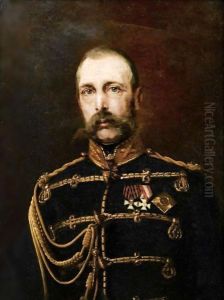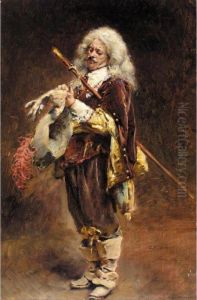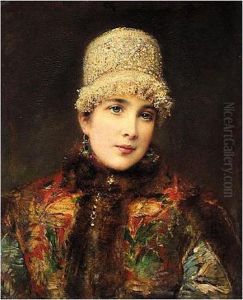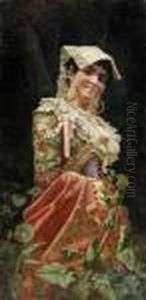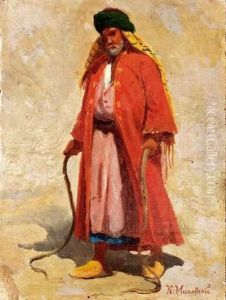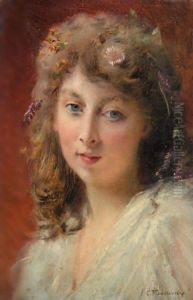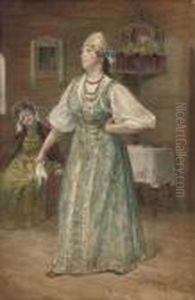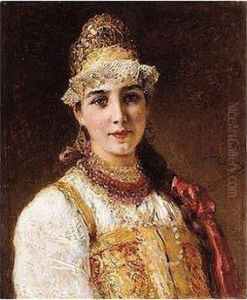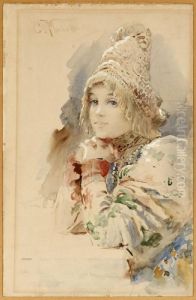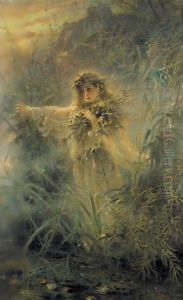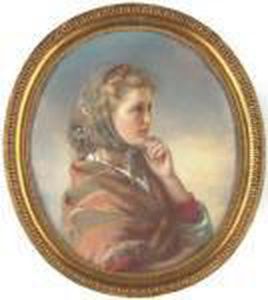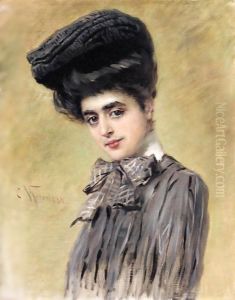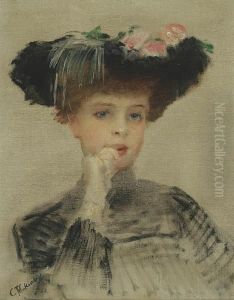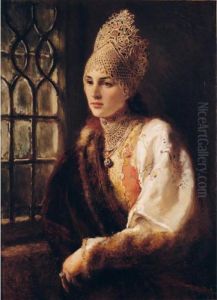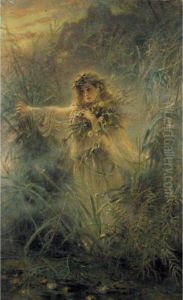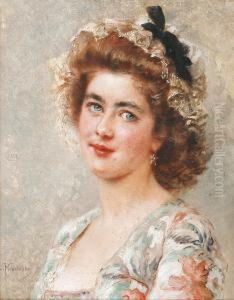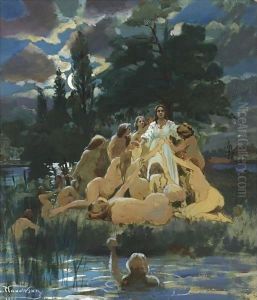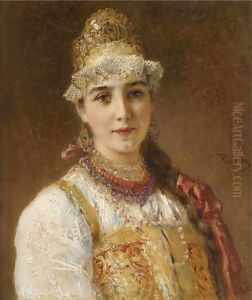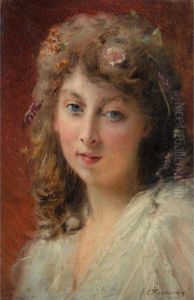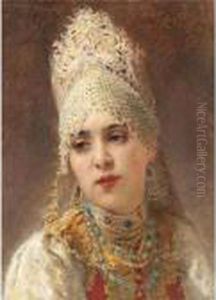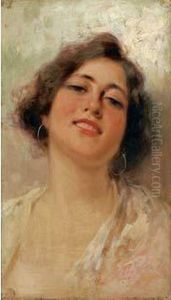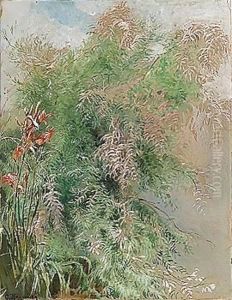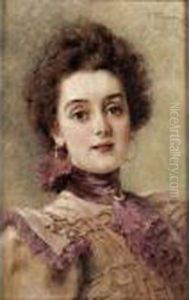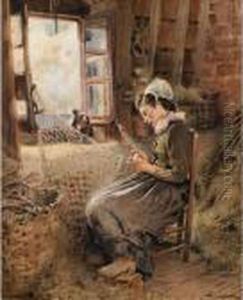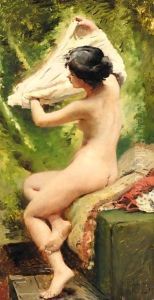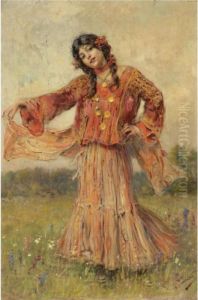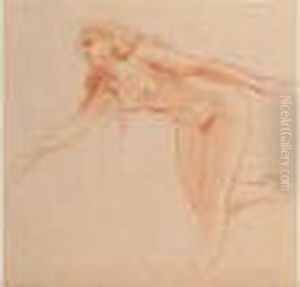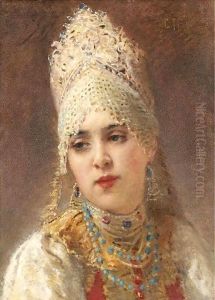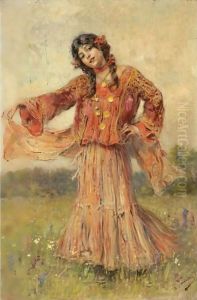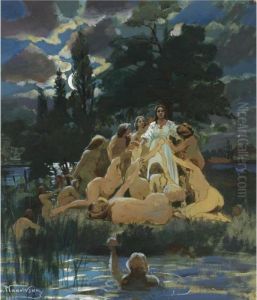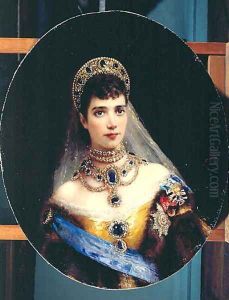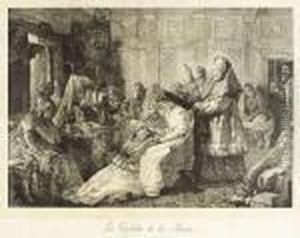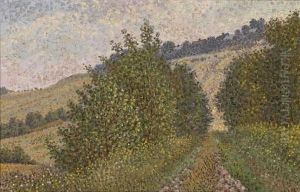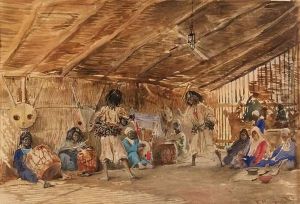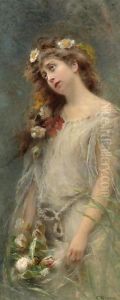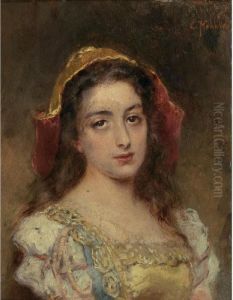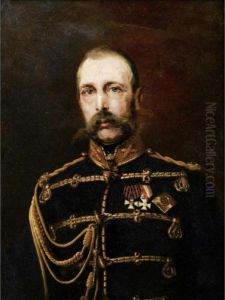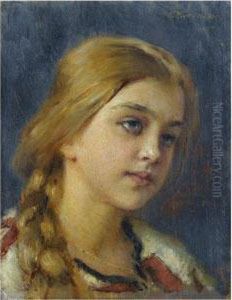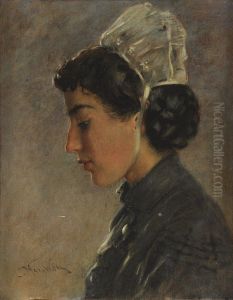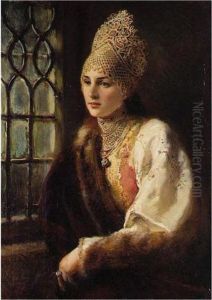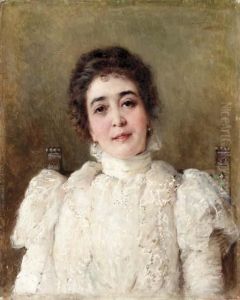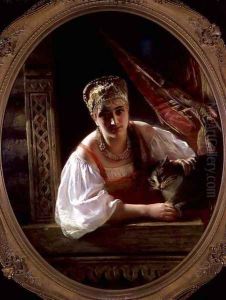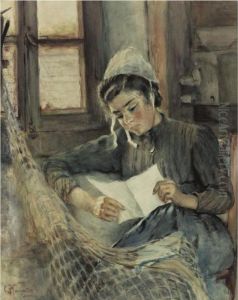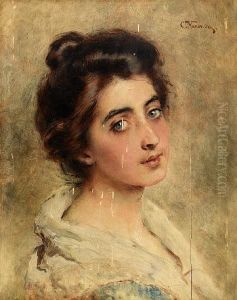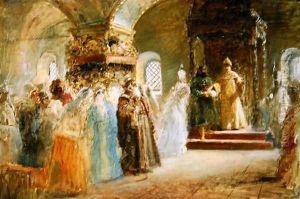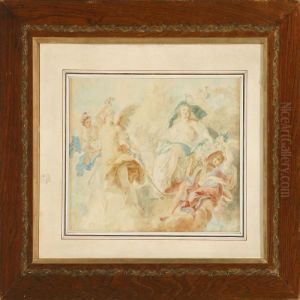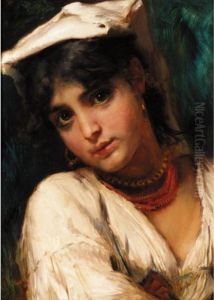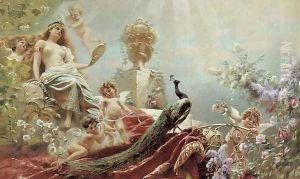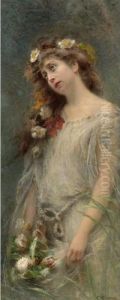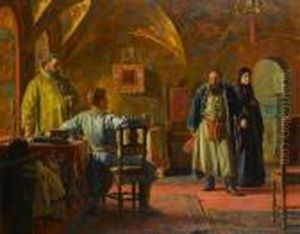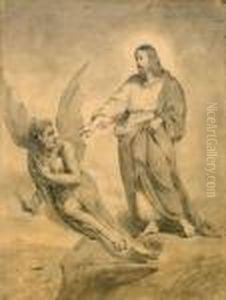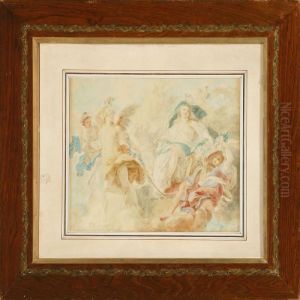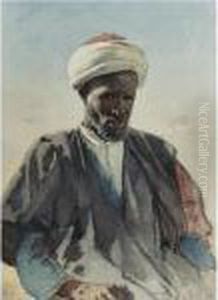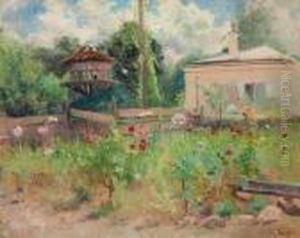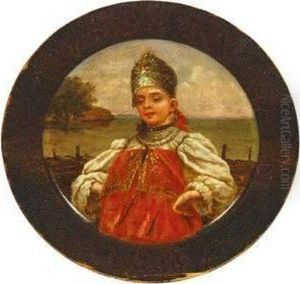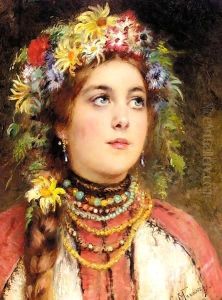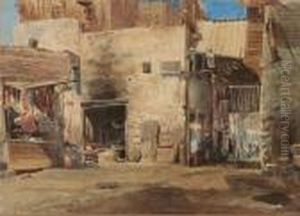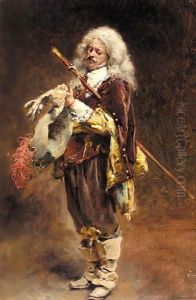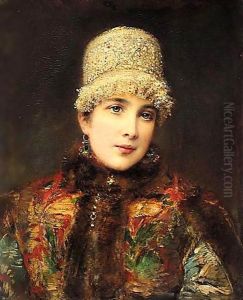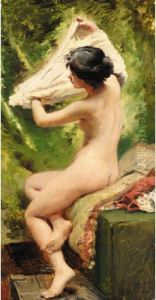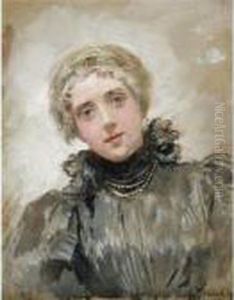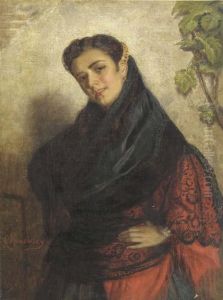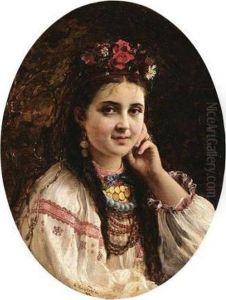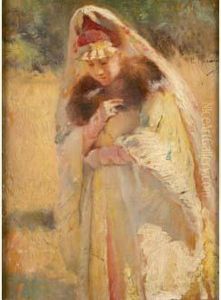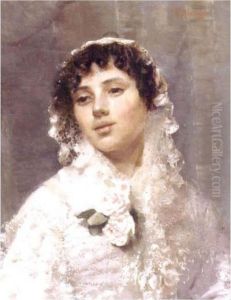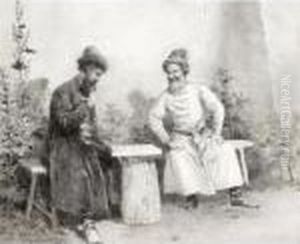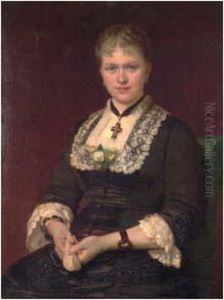Konstantin Egorovich Egorovich Makovsky Paintings
Konstantin Egorovich Makovsky was a renowned Russian painter and a key figure in the Russian artistic movement known as the Peredvizhniki (The Wanderers or The Itinerants). He was born on June 20, 1839, in Moscow, into a family with strong artistic traditions; his father was the founder of the Moscow School of Painting, Sculpture and Architecture. Makovsky initially studied at the Moscow School of Painting, Sculpture and Architecture before transferring to the Imperial Academy of Arts in Saint Petersburg.
Makovsky's early work was influenced by Romanticism, but he quickly developed his own style, which was characterized by a blend of academicism and realism. His talent was recognized early on, and he received several medals and awards during his time at the Academy. After graduating, Makovsky became a member of the Peredvizhniki, a group of artists who sought to break away from the strict academic restrictions of the time and to bring art closer to the people.
Throughout his career, Makovsky was known for his historical and genre paintings, often inspired by Russian history and folklore. His works were marked by a fine attention to detail, vibrant colors, and a certain idealization of his subjects. Among his most famous paintings are 'The Russian Bride's Attire' and 'The Boyar Wedding Feast', which depict scenes from 17th-century Russian life with a romanticized elegance.
Apart from historical and genre scenes, Makovsky also painted portraits, becoming one of the most sought-after portraitists among Russian nobility and the bourgeoisie. His portraits are notable for their representation of the sitters in lavish settings, reflecting their wealth and status.
Makovsky's influence extended beyond painting; he was also involved in stage design and contributed to the revival of interest in traditional Russian decorative arts. He was an active participant in the artistic life of his time, contributing to exhibitions and engaging in various artistic societies.
Tragically, Konstantin Egorovich Makovsky's life came to an abrupt end on September 17, 1915, when he was killed in a car accident in Petrograd (now Saint Petersburg). Despite the tragic end, Makovsky's legacy lives on through his extensive body of work, which continues to be celebrated for its contribution to Russian art and culture.
